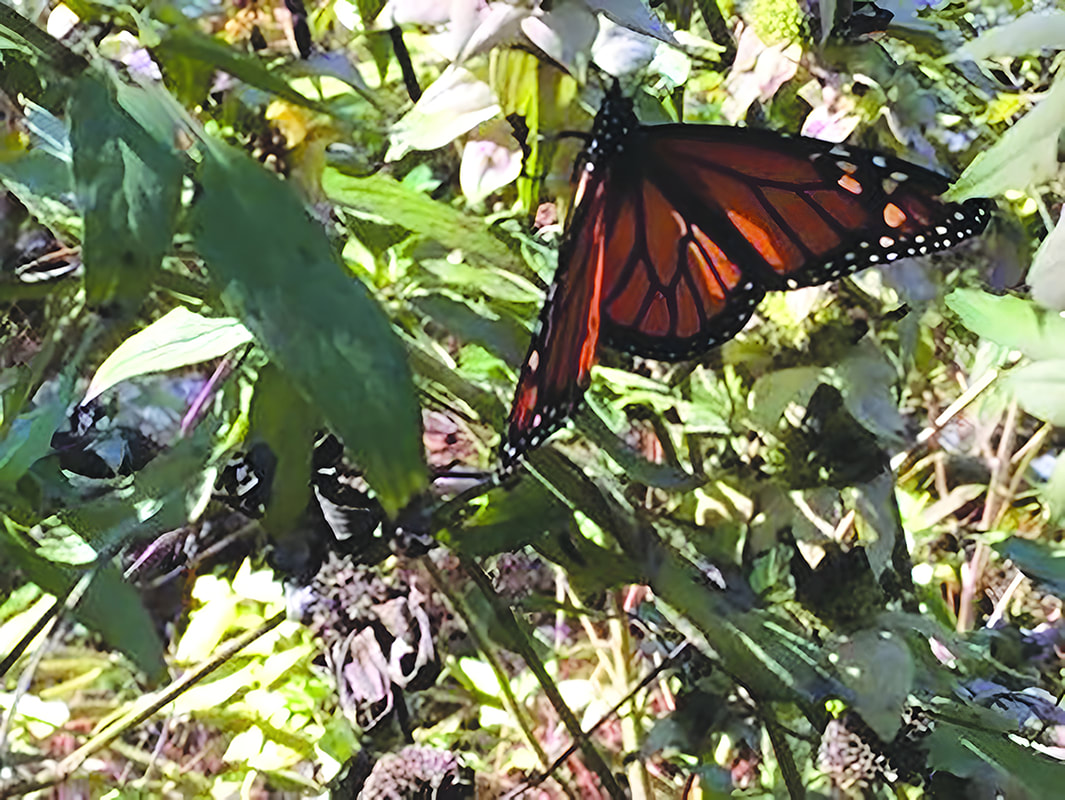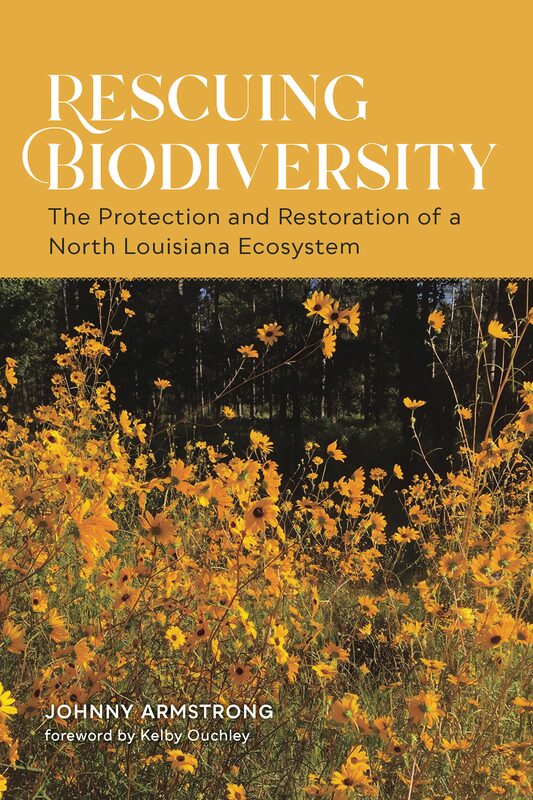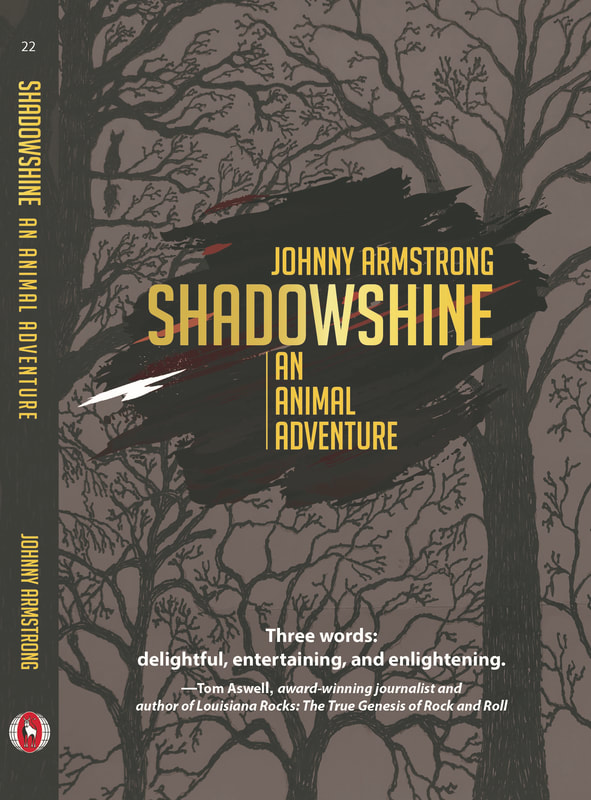|
If you ever have the opportunity to see a Monarch Butterfly or any other small species in peril (and these days there’s no shortage), the answer would be right before your eyes. At the same time, many would ask this question: “Why should I really care? After all, the Monarch is only an insect.” For one thing, we humans are the reason that the Monarch is in this situation—we are the cause of the destruction of its habitat, both in the zones of its habitat in winter and in summer. The eastern population depends on the very restricted zones of oyamel fir forests in the mountains of central Mexico in winter and access to native milkweed in North America during spring and summer. The eastern Monarchs are totally dependent on both for their survival. But the oyamel forests are being destroyed by illegal logging and native milkweed in North America is being destroyed by habitat destruction, global warming and pesticides among other reasons. Some might say, “We should accept collateral damage—and it costs money to rescue imperiled little animals.” Personally, I think it’s immoral to blatantly cause the loss of a species that has evolved on Earth just as we have over the course of 3.8 billion years. What money value does one place on a species? Should monetary value even apply? It’s a fact that insect populations as a whole are in serious decline due to habitat destruction, global warming, pesticides, and other reasons such as invasive non-native species, all of which we are the cause. Many freshwater fish, bird, bat, reptile and amphibian species are virtually totally dependent on insects as a food source. Should we let them go too? What’s the monetary value for that? Are we as a species willing to give up the important ecosystem service of insect pollination that we depend on for a significant portion of our own food supply? If a group of animals can be said to have dominion over the Earth, it seems reasonable to me that it might be the insects. It’s estimated that 90% percent of the animal species on Earth are insects. About one million species of insects have been classified so far and presently entomologists believe that number is less than 10% of those still unaccounted. Insects first appeared about 480 million years ago during the Ordovician Period, and flying insects in the Devonian about 400 million years ago when plants first appeared on land, so the biosphere of Earth is well accustomed to having insects around as its principle citizens and it is highly dependent on them as the pillar of its infrastructure. But now, we face an ominous situation that is only relatively recently coming into focus—the massive decline of insects. Over a period between 1989 and 2016, entomologists in Germany documented an average decrease in insect numbers at sixty-three sites of 76%. And similar dismal declines are being documented around the globe, including the United States. There’s no way to overstate how much insects are critical for the maintenance of ecosystems. Not only are insects vital to the food chain, seventy-five percent of flowering plants depend on insect pollination. Additionally, insects are vital decomposers reducing carcasses, dead wood and dung into usable nutrients for the soil. Renown biologist, E. O. Wilson, is quoted as saying that if humans suddenly disappeared, the Earth would “regenerate back to the rich state of equilibrium that existed 10,000 years ago. If insects were to vanish, the environment would collapse into chaos.” For further reading, see Where Have All the Insects Gone? by Elizabeth Kolbert, National Geographic. May, 2020.
0 Comments
Leave a Reply. |
Johnny Armstrong, Author
#Biodiversity advocate. Ecosystem Restorationist. Steward of an old-growth forest and woodland in northern Louisiana. #ForestFolkMatter #ScienceMatters Rescuing Biodiversity (publishing in June 2023) tells the story of Johnny's attempts at Wafer Creek Ranch to preserve a vanishing Louisiana ecosystem and restore the animal and plant species that once lived there.
“An avowed student of life and restoration ecology, Johnny Armstrong expertly teaches us how to restore an imperiled southern ecosystem based on deep research, firsthand experience, and delighted observation of the species that return to his beloved Wafer Creek Ranch. Driving his devotion is the alarming truth that loss of biodiversity poses a threat on par with climate change and his impassioned belief that society can alter that trajectory, one acre at a time.”
Cindy Brown, Executive Director Land Trust for Louisiana “Up there on your bookshelf between Tolkien and Watership Down is where this book belongs. As an anthropomorphic adventure that winds through the realm of animals possessing courage, savagery, perseverance, and ultimately wisdom in the face of mounting evil threats – humans disconnected from the natural world – the tale is relevant, if not necessary.”
Kelby Ouchley, Author Bayou Diversity: Nature & People in the Louisiana Bayou Country Find an Indie Bookstore
Archives
September 2023
Categories |
CONNECT WITH JOHNNY & THE FOREST-FOLK
JOIN US AT THESE SOCIAL NETWORKS
Shadowshine, An Animal Adventure
by Johnny Armstrong ISBN-10: 1771834609 ISBN-13: 978-1771834605 #ForestFolkMatter #BookstoRead #Fiction #Literature #LiteraryFiction #AnimalFiction |
|
Official Site of Shadowshine, An Animal Adventure ©Johnny Armstrong
Website Developed and Managed by Freelance Creative Support Services
Website Developed and Managed by Freelance Creative Support Services





 RSS Feed
RSS Feed
